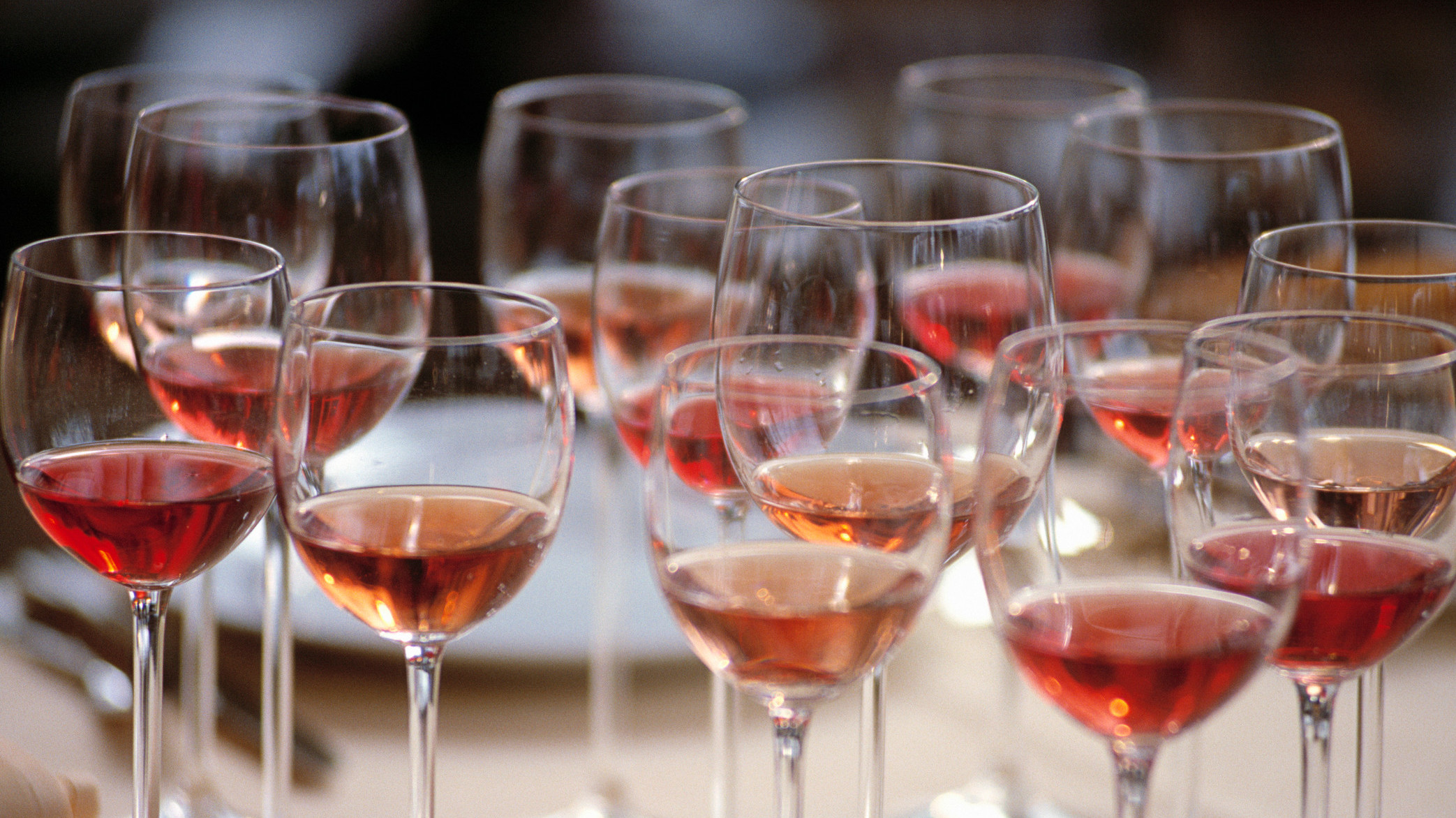You Can Freeze Leftover Wine, So Let's Never Waste Another Drop Again
Whether it's the thrifty, resourceful spirit that's arisen in times of quarantine, or simply the sort of knowledge that we all eventually come around to by spending this much time in our kitchens, we're learning that a whole lot of items can be frozen for later use, whether it's stuff we never would have thought of before (veggie scraps, milk) or things we've been expressly told never to freeze. Wine falls into the latter category. How often did my college dorm freezer become a sticky nest of broken glass after I stuck a bottle in there briefly to chill, only to forget about it until the next day?
That happened, of course, because I froze the whole damn bottle. The liquid expands inside the glass container and forces the walls outward, causing the bottle to rupture. But you can freeze wine safely, and Bon Appetit explains how to do it, with all due credit to delightful celebrity chef Nigella Lawson.
Eric Kim explains how he was inspired by the "Entertaining" episode of Nigella Bites, in which Lawson walks viewers through some tips for post-dinner cleanup: "At the end of her illustrious dinner parties, she takes any vino left over in the bottles (and sometimes, admittedly, at the bottom of people's glasses) and transfers it to small freezer bags." Kim prefers to pour the wine into ice cube trays, which creates more uniformity and easy transfer once you decide to dig them out of the freezer and use them in a recipe. No matter which method you use, let it be known that you never have to waste a drop again.
The frozen wine, once thawed, is probably best used in cooking rather than consumed directly as a beverage once more. But Kim notes that frozen cubes of leftover rosé might lend themselves well to a glass of frosé in the summertime, so someone really ought to research that and report back with the results. I would, but I never have any rosé left in the bottle to freeze.
